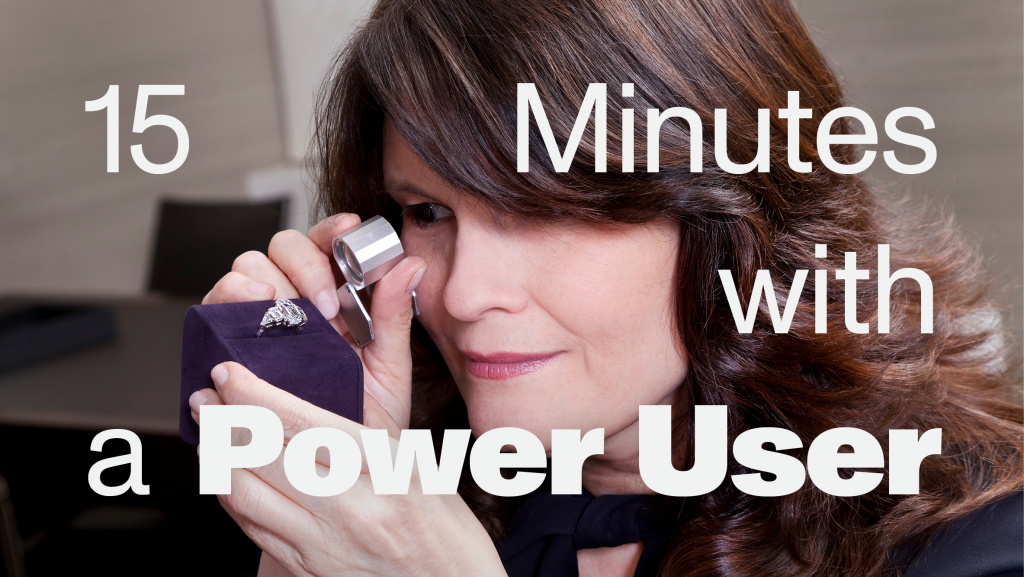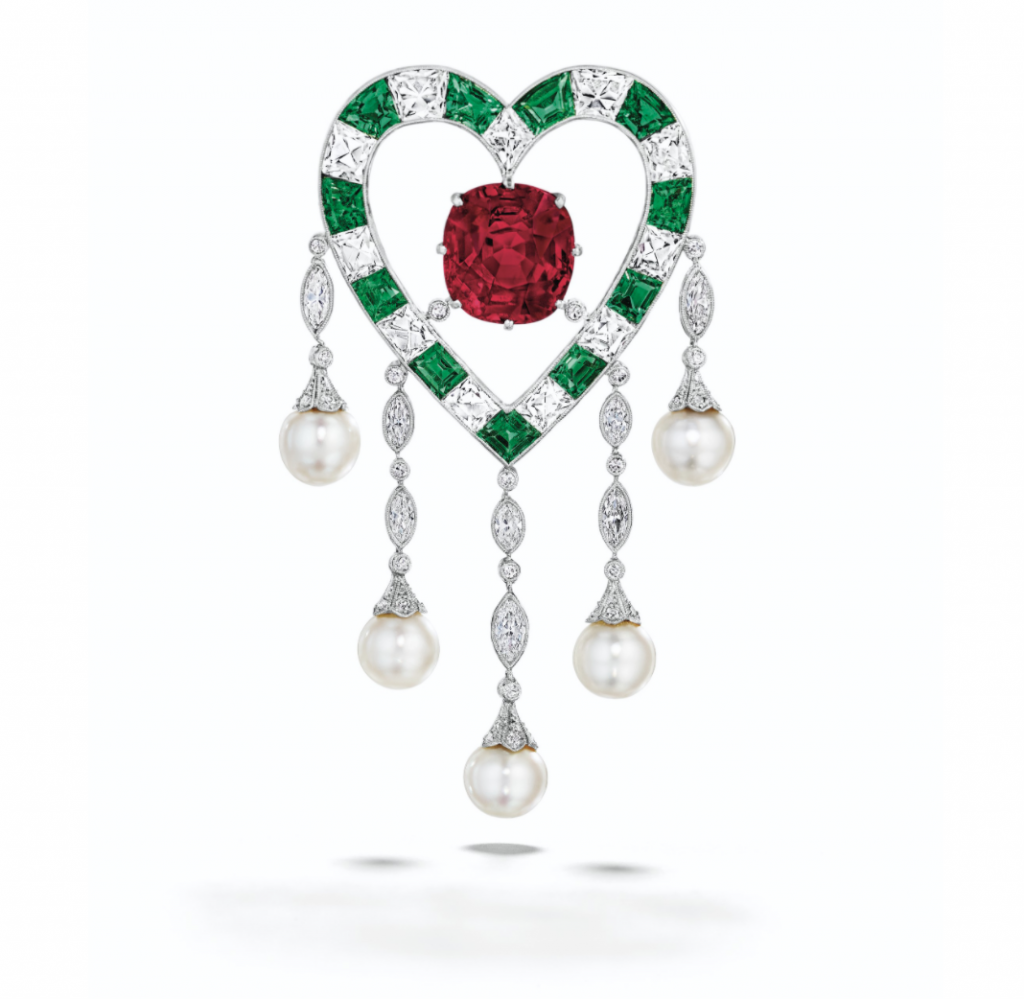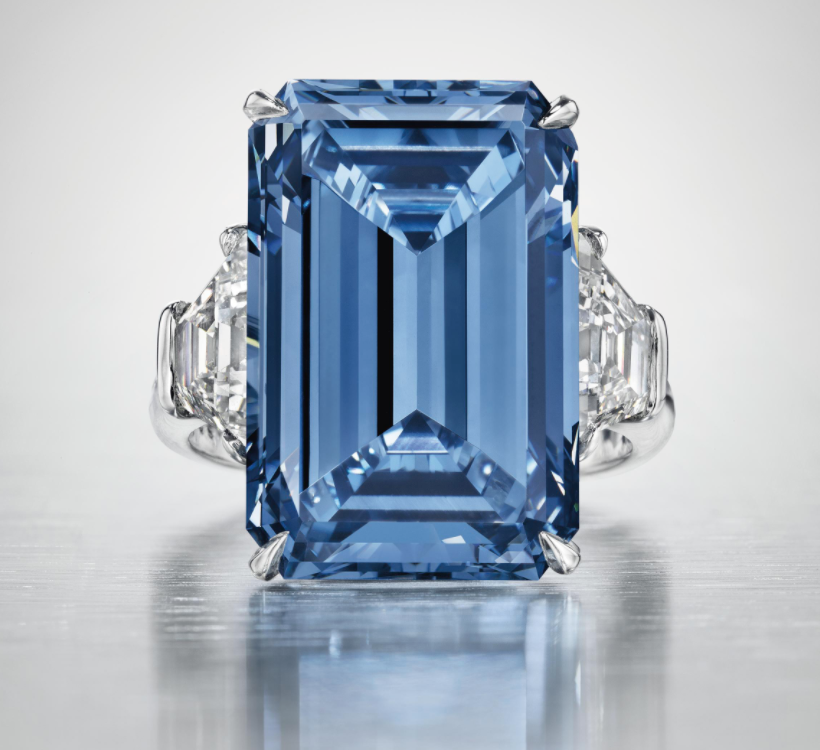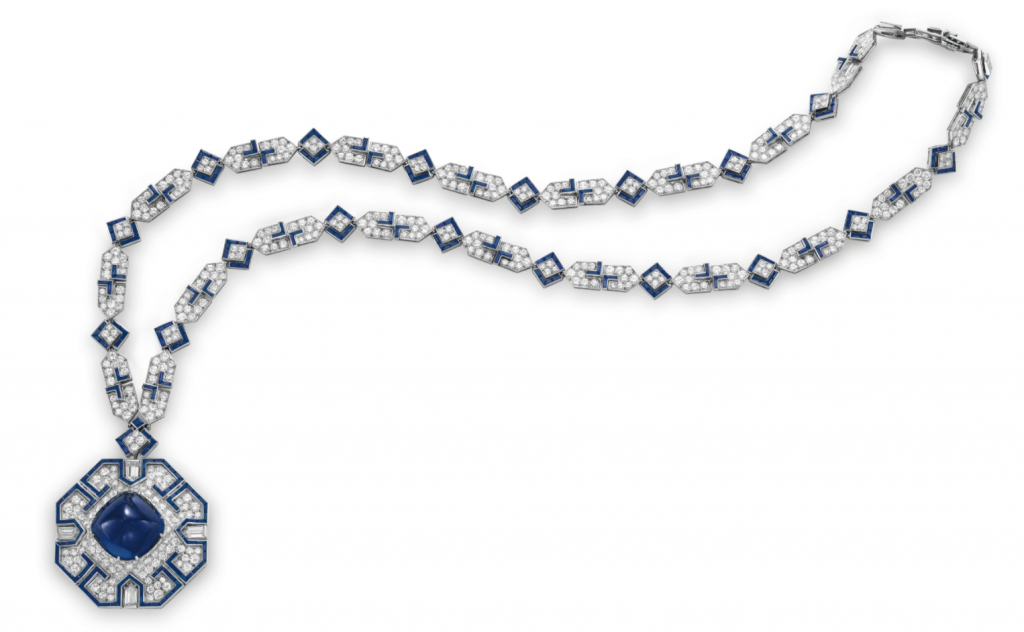Art World
15 Minutes With a Price Database Power User: Christie’s Daphne Lingon on Working With Elizabeth Taylor’s Jewelry Collection
We caught up with the jewelry expert to hear about record-breaking sales and more.

We caught up with the jewelry expert to hear about record-breaking sales and more.

Artnet Price Database Team

There is only one tool trusted by art world insiders to buy, sell and research art: the Artnet Price Database. Its users across industries—from auction houses to museums, galleries, and government institutions—represent the art world’s most important players. We’re taking 15 minutes to chat with some of the Artnet Price Database’s power users to get their take on the current state of the market and how they’re keeping up with the latest trends.
They say the journey of a thousand miles begins with a single step. So maybe it’s also true that the journey to becoming one of the top jewelry professionals in the world begins with a small collectible set.
That sentiment holds in the case of Daphne Lingon, Christie’s head of jewelry for the Americas, who tells us that she still has a gemstone collection she bought from Sharper Image during her childhood in Michigan.
“My father was a coin collector, so perhaps there was something in the air,” Daphne says.
She grew up completely “consumed” by jewelry, as she puts it, spending her spare time reading books and magazines about precious stones. Since then, Daphne has gone on to make jewelry history, playing an integral role in record-breaking sales and handling tens of thousands of jewels and gemstones.

The duPont Ruby, which sold for $8.9 million in 2019. Courtesy Christie’s.
Over your 27 years of experience, you have been instrumental in various high-profile sales, including the $144 million sale of the collection of Elizabeth Taylor in 2011. What has been your favorite lot?
Like a mother talking about her children, how could I say only one is my favorite? And yet, there are some pieces that are especially meaningful or that have greatly impacted the market. I’d include the Oppenheimer Blue Diamond, the duPont Ruby and duPont Emerald from the Virginia Museum of Fine Arts, the diamond “Tube” bracelet, c. 1948, by Suzanne Belperron, Le Grand Mazarin Diamond, and of course, the Collection of Elizabeth Taylor.
Over four months, Christie’s traveled highlights of the [Taylor] auction all over the world, and whether in the U.S. or abroad, people lined up to see her jewels. I was involved with the exhibitions in Moscow and the Middle East, which were fascinating, as they drew tremendous crowds. The record-breaking results speak to the remarkable interest in Taylor and the excellence of her collection.
What sets jewelry auctions apart from other auctions at Christie’s?
The first thing that sets jewelry apart from, say, paintings is also the most obvious: jewelry is worn, and that in itself makes it more personal and intimate. Quite often these jewels and gemstones are being purchased to mark important milestones such as engagements, birthdays, or anniversaries. So, a client’s own style and even his or her lifestyle affects nearly every single purchase.
When we’re handling an estate, the heirs tend to be emotionally invested and we do our best to honor their wishes for the “next” owner of their jewelry from the family’s collection. We can include biographies about the owner of a collection or images of the jewels being worn, which is also our way of describing the foundation of a collection. Whether someone is buying or selling jewelry, sentiment is a significant factor, and one we strive to respect.

The Oppenheimer Blue Diamond, one of Daphne’s most memorable sales. Courtesy Christie’s.
What have been the largest changes in the secondary jewelry market in the last 5 years? Have any trends surprised you?
Hands down, this would have to be the power of the internet. The impact and reach of social media such as Instagram have played a huge role in our field. The Christie’s jewelry department account on Instagram has nearly 500,000 followers, and through WeChat we’ve been able to reach a vast audience in Asia, far beyond traditional marketing parameters. It so happens that in 2011, Christie’s was at the forefront of online jewelry sales when we offered nearly 2,000 lots from the collection of Elizabeth Taylor in that format, which performed with tremendous results. This year, we set the record for a jewel sold online, with a beautiful 28.86 carat D color diamond selling for $2.1 million, which really demonstrates the trust we have built in our digital platform.
In the world of fine jewelry, trends per se are less impactful. I would say that overall in the past decade we’ve certainly seen more women buying for themselves. These are women who are successful, independent, and know their own taste. They’re also comfortable with buying from a number of jewelry houses and designers.
The first thing that sets jewelry apart from, say, paintings, is also the most obvious: jewelry is worn, and that in itself makes it more personal and intimate.
What advice would you give somebody new to collecting?
First and foremost, buy what you love. I am often asked should someone buy Art Deco, or colored diamonds, or signed jewels, and my answer always begins the same way: “Buy what you love.” If you are truly interested in collecting, then focus on what sparks your interest. In the long run, passion is what sustains every collector.
But with love there must be knowledge, and I always encourage new collectors to read and research, to build a resource library, and to attend auction previews, go to lectures. As for our role at Christie’s, we encourage emerging collectors to develop relationships with the specialists. We try to be sensitive to the new collector whose passion is genuine, and this is a perfect opportunity for a collector to learn from us, and with us. We want to help train someone’s eye. We can’t train passion, but we can guide and advise. And every new collector needs to handle as much jewelry as possible. It’s really the best way to learn.

A sapphire and diamond sautoir by BVLGARI from the collection of Elizabeth Taylor. Courtesy Christie’s.
Who is your favorite jewelry designer or house?
I think more than choosing one house or designer, I would have to say that there are periods and designs that I love: Georgian eye and paste jewelry, 1950s diamond and gold jewelry by Cartier, sautoirs by Bulgari and Van Cleef & Arpels from the 1970s, to name just a few. Designers would have to include Belperron, Bhagat, Boivin, Cartier, Flato, JAR, James de Givenchy (Taffin), Hemmerle, Templier, Tiffany, Verdura and Van Cleef & Arpels.
But to me, it’s more about the jewel itself than just a particular designer or house. I also love discovering new designers, which is more possible today than ever through the power of platforms like Instagram. Unsigned jewels can also be impactful, and I always encourage clients to look at the details, not just the name. The beauty of jewelry is that there is something new to see and learn every single day. It’s what keeps us on our toes!
What was the last thing you searched for in the Price Database?
The last thing I looked up in the Price Database was Suzanne Belperron. We are so grateful that Artnet is now incorporating jewelry into its database, as having this as a tool helps to aggregate recent prices and records.
This interview has been edited and condensed.